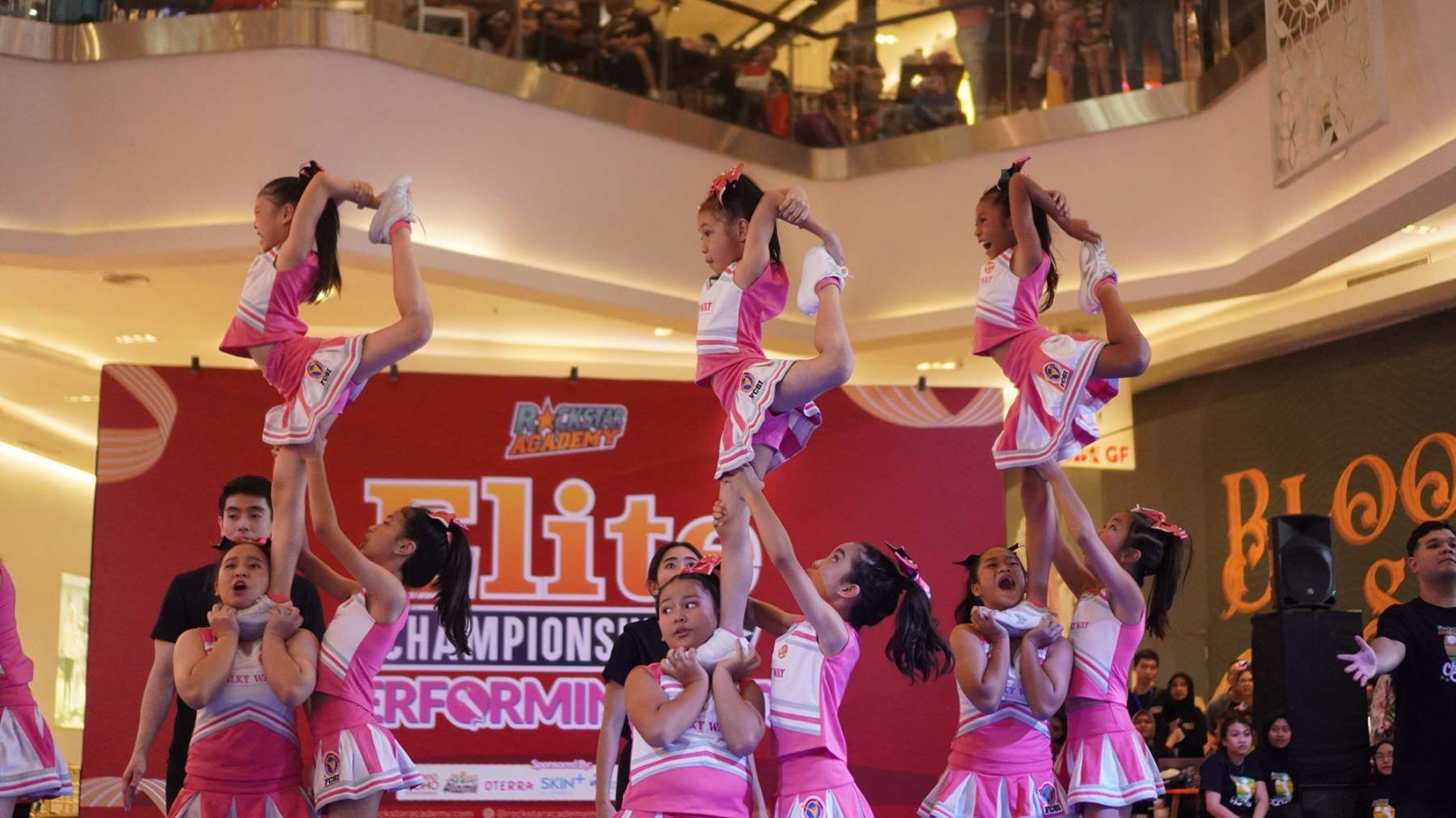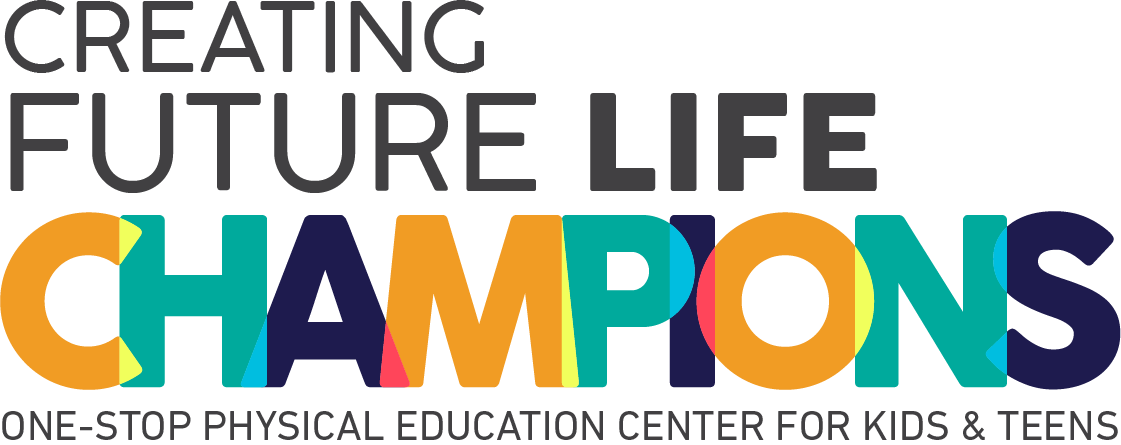Freerunning Vs Parkour: The Differences Between Them

Freerunning and parkour are often thought to be the same thing, but they have distinct differences in philosophy, history, movement, and training. Both are physical disciplines that involve navigating obstacles in your environment, but the way practitioners approach these obstacles is what sets them apart.
Whether you're interested in learning one of these disciplines or just curious about how they differ, this article will provide you with a clear understanding of freerunning and parkour.
The History of Parkour and Freerunning
The histories of parkour and freerunning are closely intertwined, as freerunning originally evolved from parkour. Both disciplines share common roots in France but developed into distinct forms of movement over time. Here's a deeper dive into how these practices originated and evolved.
A. Parkour’s Origins
Parkour’s roots date back to the early 1900s, when French naval officer Georges Hébert developed a training method called “Méthode Naturelle” (Natural Method), which emphasized physical fitness through natural movement.
Inspired by the agility of indigenous people he encountered during his travels, Hébert developed a system based on running, jumping, climbing, and swimming, which laid the groundwork for modern parkour.
In the late 1980s and early 1990s, a group of French teenagers from Lisses, led by David Belle, adopted Hébert’s ideas and developed what we now know as parkour.
Belle, along with friends like Sébastien Foucan, began practicing their movement skills in urban environments, scaling walls, jumping over obstacles, and honing their ability to move quickly and efficiently through their surroundings. They called their practice "parkour," derived from the French word "parcours," meaning "route" or "course."
B. The Birth of Freerunning
Freerunning emerged from parkour in the early 2000s, largely thanks to Sébastien Foucan. After working with David Belle, Foucan wanted to explore more creative movements and artistic expression, which led him to diverge from the strict efficiency-based philosophy of parkour.
Foucan introduced the concept of freerunning to the world in the 2003 documentary “Jump London,” where he showcased his ability to combine parkour techniques with flips and acrobatics.
While freerunning retains some parkour elements, it evolved into a separate discipline focused on freedom of expression, artistic movements, and creativity. It encourages practitioners to turn their environment into a playground, using obstacles not just as challenges but as opportunities to showcase their individual style.
The Differences Between Freerunning Vs Parkour
At first glance, parkour and freerunning might seem like the same thing—they both involve running, jumping, and climbing over obstacles in urban or natural environments. However, there are key differences in their philosophy, movement styles, and goals. Let’s break it down here:
1. Philosophy
The main difference between freerunning and parkour lies in their philosophies. This is where everything starts:
Parkour Philosophy
Parkour is all about efficiency. Imagine you’re in a situation where you need to get from point A to point B as quickly and effectively as possible, well, parkour is the answer. The idea is to move through an environment, overcoming any obstacles in your way in the most direct, efficient way.
Think of it as a practical skill: in an emergency, parkour could help you escape or reach someone in need. It’s not about how it looks, but how quick and smooth you can be.
For parkour practitioners, called traceurs, the focus is on utility. Each movement has a purpose, and that purpose is to overcome obstacles using only the body.
Freerunning Philosophy
Freerunning, on the other hand, is more about creativity and personal expression. It’s not just about getting from point A to point B but freerunners also should enjoy the journey itself. They might throw in flips, spins, and tricks along the way, purely to showcase their individual style.
It’s like turning the city into a playground where the goal is to move freely and artistically, without strict rules or constraints. For freerunners, movement is an art form, and the goal is to find creative ways to interact with the environment.
2. Movement
The differences in philosophy naturally affect the types of movements used in parkour and freerunning. Parkour movements are designed to be as efficient as possible. The goal is to minimize wasted motion and get past obstacles with the least amount of effort. The key movements include:
- Vaults (quickly getting over railings or walls).
- Precision jumps (jumping from one spot to another, like from ledge to ledge).
- Climbing and scaling walls.
- Landing and rolling (to reduce the impact after a jump or drop).
All of these moves are direct and practical, designed to save time and energy. The fewer fancy tricks, the better and it’s all about functionality.
Freerunning, while still including many parkour moves, is much more acrobatic and flashy. Freerunners mix traditional parkour movements with flips, spins, and tricks that are visually impressive but not necessarily efficient. Common freerunning moves include:
- Flips (like front flips, backflips, and side flips).
- Tricking (a combination of martial arts, breakdancing, and gymnastics moves).
- Flowing movement between tricks and traditional parkour moves.
The focus in freerunning is on how exciting or creative a movement looks, not how fast or efficient it is. Freerunning is about self-expression, so each practitioner may have a unique style of combining tricks with obstacles.
3. Training and Skills
The way people train for parkour and freerunning is another area where the two disciplines differ. Parkour training emphasizes strength, precision, and mental focus. Traceurs need to develop skills like balance, coordination, and agility to overcome obstacles with efficiency.
Freerunning requires a different skill set that combines parkour with gymnastics and acrobatics. Freerunners need to be agile and strong, but also creative and daring.
Freerunners also work on flow, or the ability to move seamlessly from one trick to the next, creating a dynamic and exciting routine.
4. Goals and Objectives
The ultimate goals of parkour and freerunning are what truly set them apart. Parkour is about overcoming obstacles in a practical and efficient way. The goal is to be prepared for real-life situations, like escaping danger or helping others.
Practitioners aim to master their environment, building mental and physical resilience. There’s also a strong focus on personal development which is to push their limits and develop discipline, endurance, and perseverance.
Freerunning is more about creativity and performance. Freerunners aim to move through the environment with style, impressing themselves and others with dynamic tricks and stunts.
The objective is to showcase individuality and artistic flair, often through competitions or performances. While physical fitness is important, it’s just as important to be imaginative and daring in how you move.
Which One You Are Going To Try?
While parkour and freerunning share some moves, they have their own unique styles and goals. If your kids are eager to jump into the world of parkour, why not get them started with our Parkour Program in the best Sports & Performing Arts Academy?
Not only will they learn awesome techniques, but they’ll also get the chance to compete in cool events like the Elite Championships and RockOlympics. These competitions are an incredible way for them to challenge themselves and uncover their true potential. And the best part? You can give it a go first by signing up for a free trial class!
FAQs
Is parkour more dangerous than freerunning?
Both disciplines carry risks, but freerunning might have a higher risk of injury due to the acrobatic tricks involved. Parkour’s focus on efficiency can sometimes make it safer, as the movements are designed to minimize impact. However, proper training and safety precautions are important for both.
Can I practice both parkour and freerunning?
Yes! Many people train in both parkour and freerunning since the skills complement each other. You can focus on the practical aspects of parkour and still incorporate the creative, expressive elements of freerunning.
Do I need any special equipment to start parkour or freerunning?
You don’t need much to begin. A good pair of shoes with decent grip and flexibility is essential for both disciplines. Some practitioners also wear gloves for better grip when climbing or vaulting, but this is optional.
Which one is easier to learn?
Parkour may be easier to start since it focuses on practical movements like jumping and vaulting. Freerunning requires more gymnastics-like skills, which can take longer to master. However, both require dedication and practice to become proficient.



